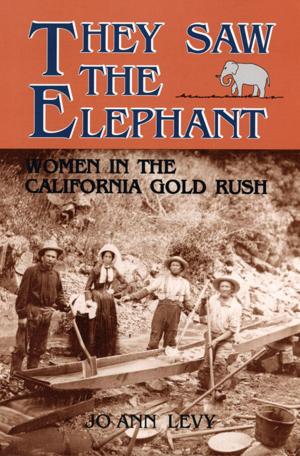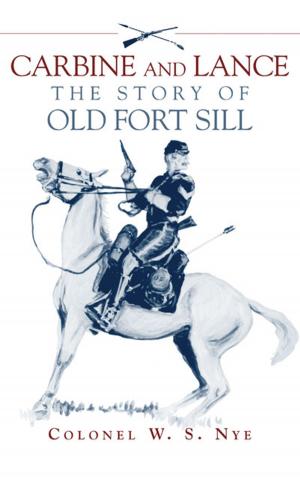Cotton and Conquest
How the Plantation System Acquired Texas
Business & Finance, Economics, Economic History, Nonfiction, History, Americas, United States, 19th Century| Author: | Roger G. Kennedy | ISBN: | 9780806188928 |
| Publisher: | University of Oklahoma Press | Publication: | August 5, 2013 |
| Imprint: | University of Oklahoma Press | Language: | English |
| Author: | Roger G. Kennedy |
| ISBN: | 9780806188928 |
| Publisher: | University of Oklahoma Press |
| Publication: | August 5, 2013 |
| Imprint: | University of Oklahoma Press |
| Language: | English |
This sweeping work of history explains the westward spread of cotton agriculture and slave labor across the South and into Texas during the decades before the Civil War. In arguing that the U.S. acquisition of Texas originated with planters’ need for new lands to devote to cotton cultivation, celebrated author Roger G. Kennedy takes a long view. Locating the genesis of Southern expansionism in the Jeffersonian era, Cotton and Conquest stretches from 1790 through the end of the Civil War, weaving international commerce, American party politics, technological innovation, Indian-white relations, frontier surveying practices, and various social, economic, and political events into the tapestry of Texas history.
The innumerable dots the author deftly connects take the story far beyond Texas. Kennedy begins with a detailed chronicle of the commerce linking British and French textile mills and merchants with Southern cotton plantations. When the cotton states seceded from the Union, they overestimated British and French dependence on Southern cotton. As a result, the Southern plantocracy believed that the British would continue supporting the use of slaves in order to sustain the supply of cotton—a miscalculation with dire consequences for the Confederacy.
As cartographers and surveyors located boundaries specified in new international treaties and alliances, they violated earlier agreements with Indian tribes. The Indians were to be displaced yet again, now from Texas cotton lands. The plantation system was thus a prime mover behind Indian removal, Kennedy shows, and it yielded power and riches for planters, bankers, merchants, millers, land speculators, Indian-fighting generals and politicians, and slave traders.
In Texas, at the plantation system’s farthest geographic reach, cotton scored its last triumphs. No one who seeks to understand the complex history of Texas can overlook this book.
This sweeping work of history explains the westward spread of cotton agriculture and slave labor across the South and into Texas during the decades before the Civil War. In arguing that the U.S. acquisition of Texas originated with planters’ need for new lands to devote to cotton cultivation, celebrated author Roger G. Kennedy takes a long view. Locating the genesis of Southern expansionism in the Jeffersonian era, Cotton and Conquest stretches from 1790 through the end of the Civil War, weaving international commerce, American party politics, technological innovation, Indian-white relations, frontier surveying practices, and various social, economic, and political events into the tapestry of Texas history.
The innumerable dots the author deftly connects take the story far beyond Texas. Kennedy begins with a detailed chronicle of the commerce linking British and French textile mills and merchants with Southern cotton plantations. When the cotton states seceded from the Union, they overestimated British and French dependence on Southern cotton. As a result, the Southern plantocracy believed that the British would continue supporting the use of slaves in order to sustain the supply of cotton—a miscalculation with dire consequences for the Confederacy.
As cartographers and surveyors located boundaries specified in new international treaties and alliances, they violated earlier agreements with Indian tribes. The Indians were to be displaced yet again, now from Texas cotton lands. The plantation system was thus a prime mover behind Indian removal, Kennedy shows, and it yielded power and riches for planters, bankers, merchants, millers, land speculators, Indian-fighting generals and politicians, and slave traders.
In Texas, at the plantation system’s farthest geographic reach, cotton scored its last triumphs. No one who seeks to understand the complex history of Texas can overlook this book.















